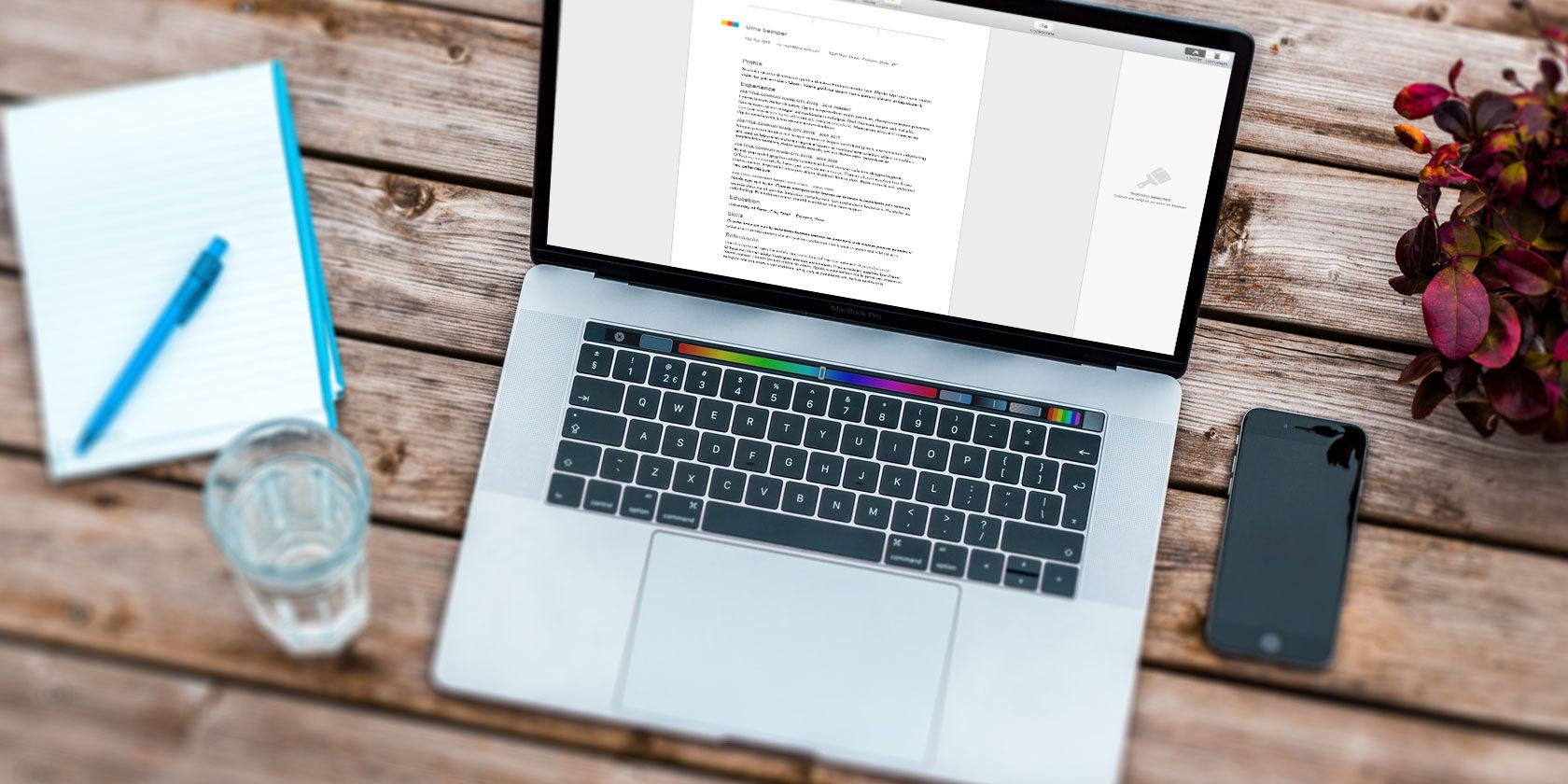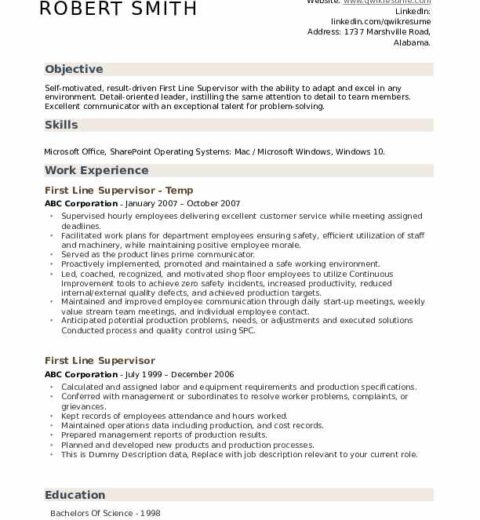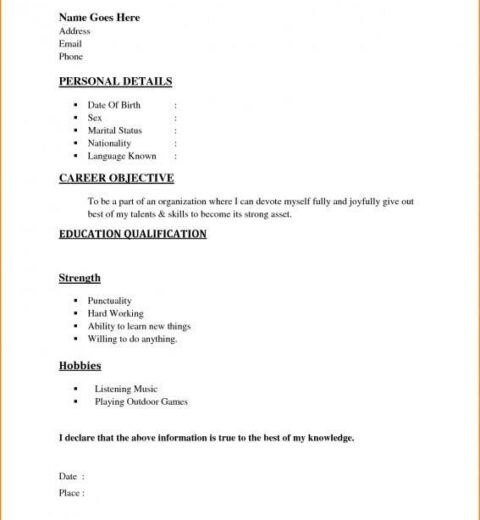In the modern employment landscape, a LinkedIn profile is nearly as essential as a well-crafted resume. It serves as a digital representation of your professional persona. Uploading your resume to LinkedIn can enhance your visibility to recruiters and potential employers. This guide provides a comprehensive, step-by-step approach to this crucial task.
Understanding the Importance of Uploading Your Resume
Before embarking on the technical steps of uploading, it is pivotal to grasp why this action holds significance. When you upload your resume to LinkedIn, you augment your chances of being discovered by recruiters who are on the lookout for talent in your field. An effectively structured resume can complement your profile, providing details that may not be fully encapsulated in your LinkedIn summary or experience sections.
Step 1: Accessing Your LinkedIn Profile
To initiate the upload process, you must first log into your LinkedIn account. Navigate to the upper-right corner of the homepage where your profile picture is located and click on it. From the dropdown menu, select “View Profile.” This action directs you to your LinkedIn profile page, the digital canvas upon which you will present your professional achievements.
Step 2: Locating the Resume Upload Feature
Once on your profile page, scroll down to the “Featured” section. This section is designed to allow you to showcase your most significant accomplishments and documents. If the “Featured” area is not visible, you may need to add it. Click on the “Add profile section” button located near your profile picture, select “Recommended,” and then find and add “Add featured.”
Step 3: Adding Your Resume
In the “Featured” section, click the “+” icon or “Add” button. A dialog box will appear, presenting various content types you can upload. Select the “Media” option, which allows you to upload documents directly from your device. Ensure that your resume file is in a compatible format, such as PDF or Word Document, to avoid any technical glitches during the upload process.
Step 4: Uploading the File
Upon choosing the “Media” option, a file window will prompt you to locate your resume on your computer. Select the appropriate document and click “Open.” Once successfully uploaded, LinkedIn will display a preview of your resume. Review it carefully to ensure correct formatting and that all information appears as intended.
Step 5: Providing a Title and Description
After your document is uploaded, you will need to offer a title and, optionally, a description. The title should be straightforward—consider simply naming it “Resume” or “Your Name’s Resume.” In the description box, you can provide context or highlight key achievements. This additional detail can entice viewers to engage more deeply with your content.
Step 6: Adjusting Privacy Settings
Before finalizing the upload, it is essential to adjust your privacy settings. LinkedIn allows users to control who can view their profile and its details, including uploaded files. Click on “Visibility” to manage your preferences. It’s prudent to keep your resume accessible to anyone interested in your skills, particularly recruiters.
Step 7: Saving and Publishing
Once you have completed all necessary fields, click “Save” to publish the document to your profile. The resume now appears in the “Featured” section. Visitors to your profile can click on it to view or download your resume. This seamless integration adds a layer of professionalism to your LinkedIn presence.
Step 8: Keeping Your Resume Updated
After the upload, the work is not entirely done. It is crucial to revisit your resume periodically. As you acquire new skills, gain additional experience, or achieve significant accomplishments, update both your resume and your LinkedIn profile to reflect these changes. An up-to-date resume is a dynamic tool that can significantly impact your career advancement.
Additional Considerations
Remember, while a resume is paramount, your LinkedIn profile should also shine on its own. Ensure your profile summary, experiences, and endorsements are align with what you present in your resume. Potential employers often cross-reference profiles with resumes—they may form a perception based on the consistency of information.
Utilizing proper keywords relevant to your industry will amplify the likelihood of your profile being discovered in searches. Consistently networking, participating in LinkedIn groups, and sharing industry-related content can further bolster your visibility and enhance opportunities for career advancements.
In summary, uploading your resume to LinkedIn enriches your professional footprint. By following this step-by-step guide, you ensure that your resume is not merely a document but an integral aspect of your online professional branding. The meticulous presentation of your credentials could be the gateway to the job you desire. Adhering to these guidelines will help you navigate the digital landscape with confidence and clarity.




